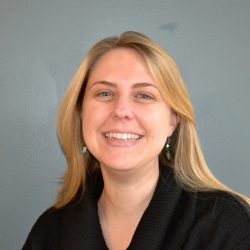Nov
20
2013
A Series of 5% Shifts

Written by Caroline McAndrews
Most communities have a wide range of groups aimed at addressing the needs of community members; however, due to both the complicated structure of government services and the tendency to focus on one issue area, it can often be challenging for organizations to work together to fill the gaps in the social safety net. By working together – often with unlikely partners – groups can build a powerful response to the challenges faced by communities as a whole. Our latest report in the 5% shifts series looks at how organizations in Detroit and Albuquerque came together to address a need they could not have served on their own.
When initially looking for partners to work with, service agencies might naturally look to other nonprofit organizations with similar charitable missions. When the Storehouse of Hope in Detroit wanted to provide fresh produce for their clients, they looked instead to a for-profit urban farm that could provide the food and delivery system they needed. The farm employs community members, and by working with Storehouse, they ensure a steady stream of income that ultimately flows back into the neighborhood.
In Albuquerque, three organizations came together to provide low-cost loans to immigrants to pay for the expensive process of naturalization and citizenship. None of these groups – Encuentro, New Mexico Immigrant Law Center, and Prosperity Works – could have developed this program on their own. It required the unique expertise of three different organizations to pull it off.
Collaboration and partnership can be a complicated and time-consuming endeavor, but by starting small and building on shared values, these organizations are already beginning to see big changes in their communities and for the participants they serve.
